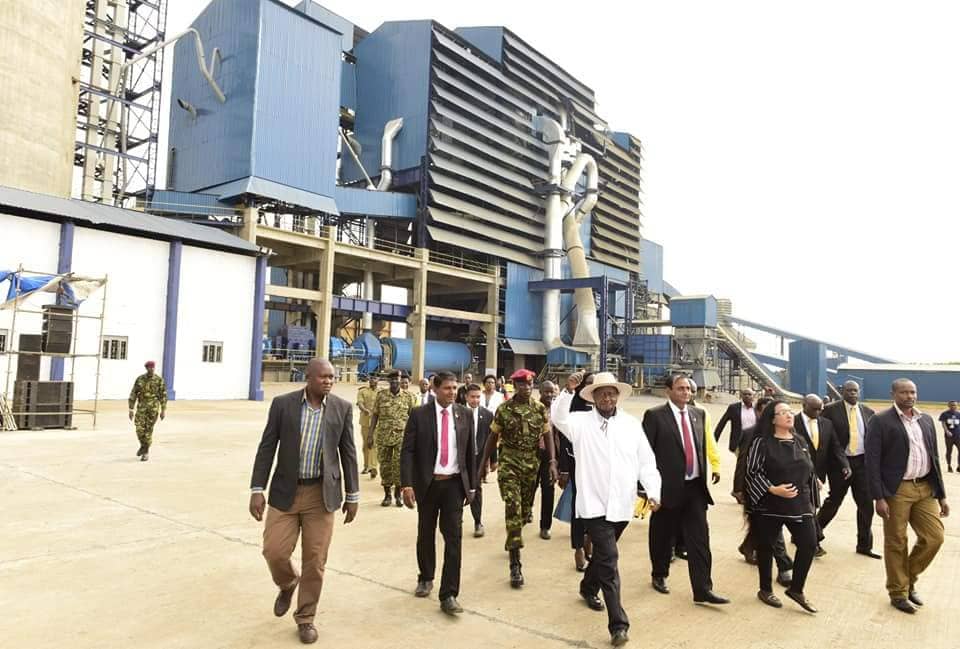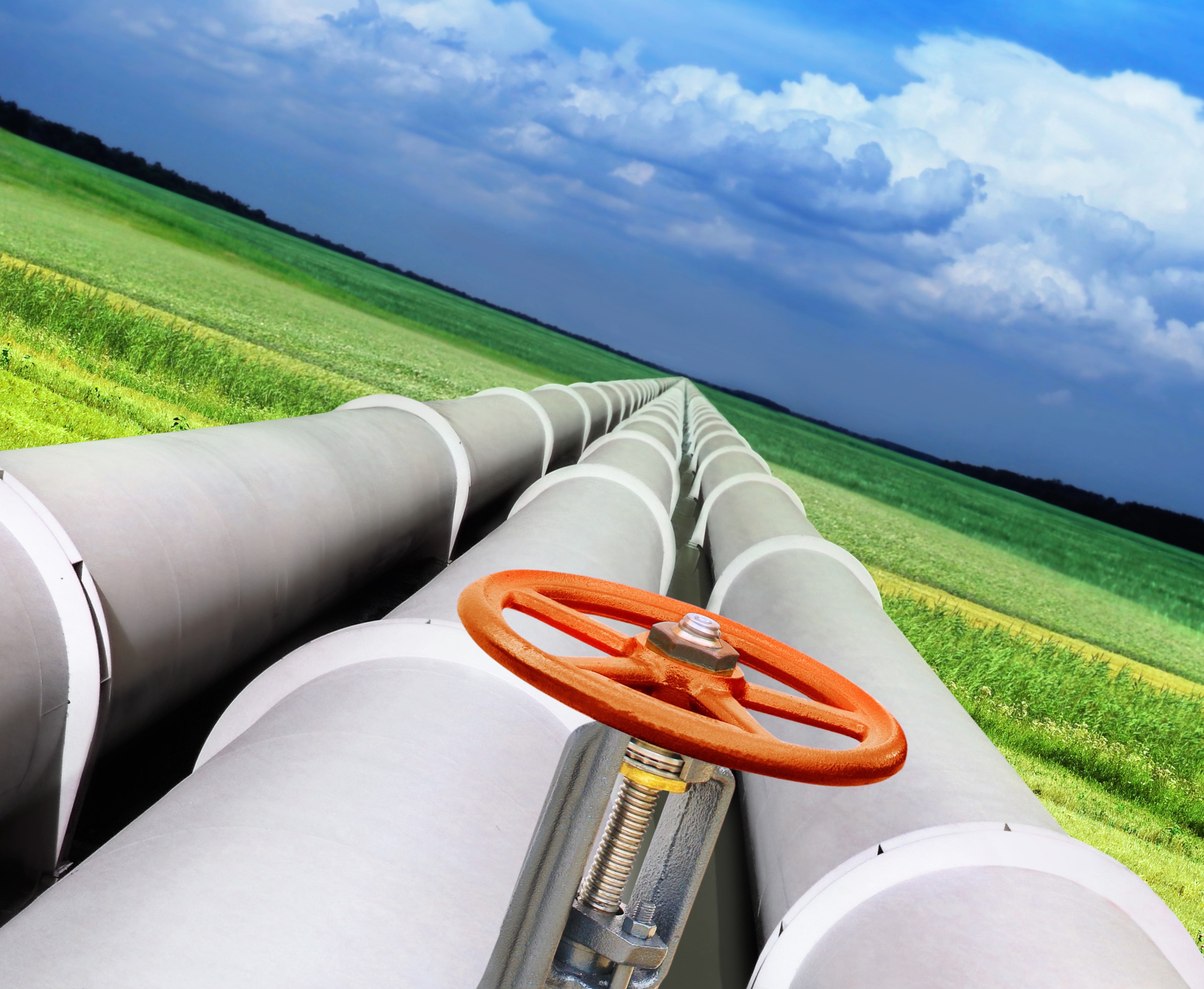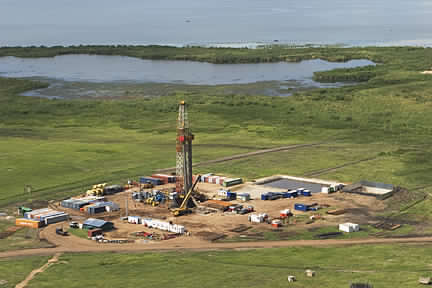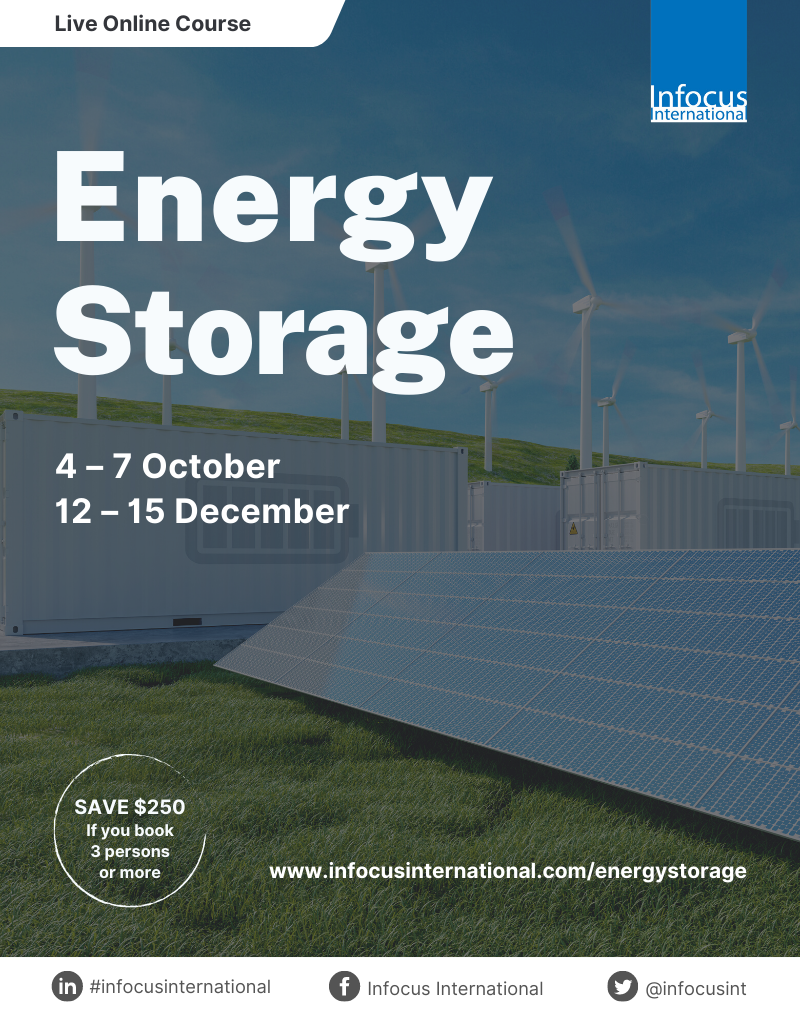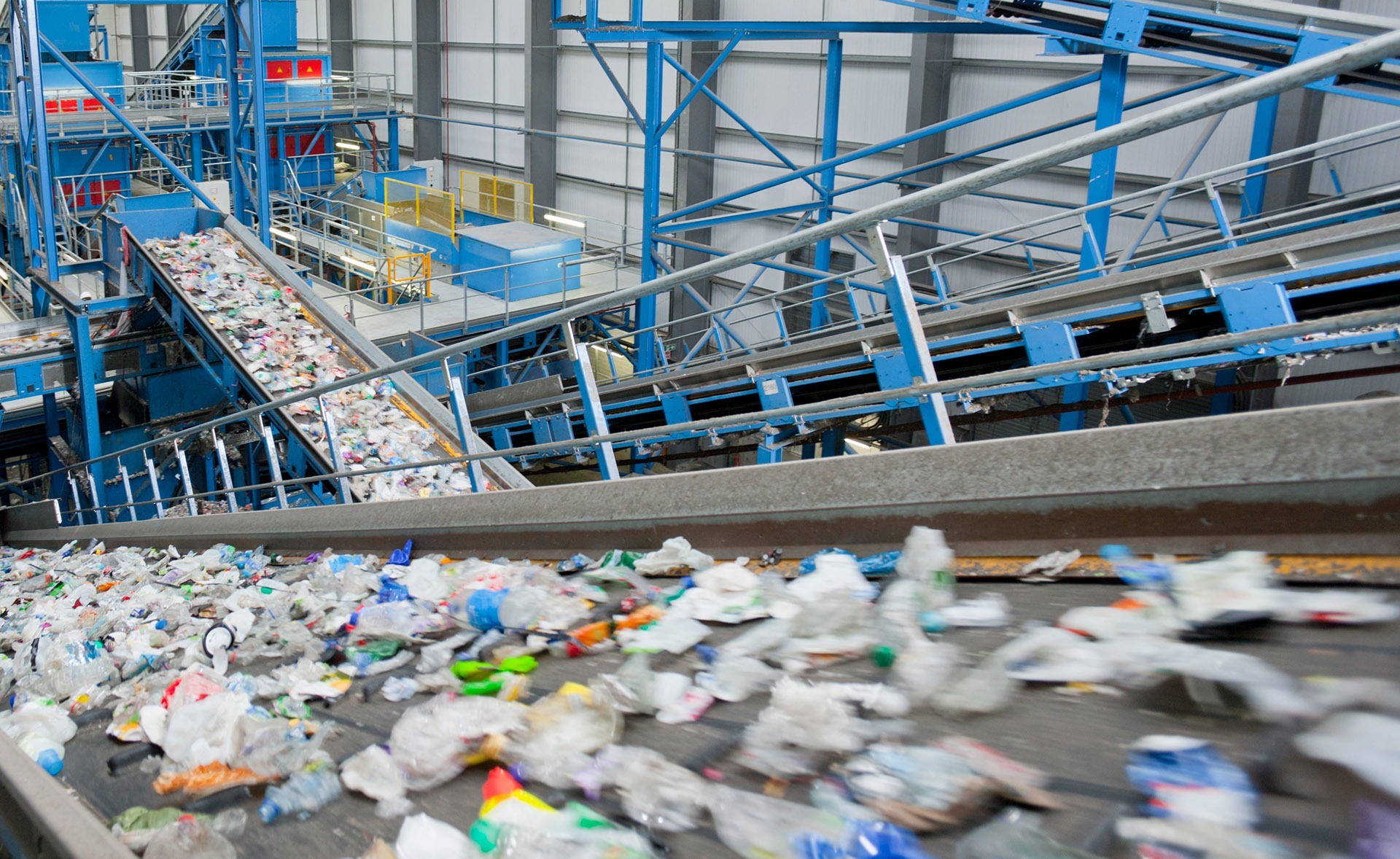President Yoweri Museveni has launched the fourth cement producer in Uganda with an immediate production capacity of 750 tonnes, but with a promise to double that to 1.5 million tonnes per annum in 2019.
The Simba Cement factory (also) based in Tororo will bring the country’s national domestic cement supply close to 7million tonnes per annum. According to Uganda Bureau of Statistics in 2016, the country produced 2,468 million metric tonnes of cement. However, over the past few months, the big two producers Tororo Cement and Hima Cement have expanded their own production capacity, with Tororo Cement now producing 3 million tonnes, and Hima Cement increasing their production to about 2 million tonnes.
Tororo Cement is based in Tororo. Hima Cement originally based in Hima in Kasese district, recently built a new crashing line in Tororo as well.
The other producer-Kampala Cement based in Mukono has an installed capacity of 1million metric tonnes. Uganda Bureau of Statistics numbers show that in 2017, the country also imported some 333,000 metric tonnes of cement.
Speaking at the opening of the factory, Narendra Raval, the chairperson of Simba Cement Uganda Ltd, the proprietors of the new factory, said his mission is to drive down the prices of cement in the country down to Shs 25,000 per 50kg bag. This will be music to the ears of the construction and building sector that has in the recent past suffered fluctuating prices and stocks of cement.
In April this year, cement stocks went so low forcing cement prices to shoot up- in some places up to Shs 40,000 per 50 kg bag, which forced government intervention. Then, the Ministry of Trade & Industry attributed the causes of the rise in prices and fall in stocks to; power outages affecting production, increased local demand from various infrastructure projects, high demand by the export market to neighbouring countries especially Rwanda and the Democratic Republic of Congo.
Cement producers also said delays by the revenue authorities at the border to clear trucks of clinker-an ingredient used in cement making. They said the 10 per cent import duty levied on clinker and high fuel prices had as well increased production costs. The annual closure of cement factories for routine maintenance, they said, also truncated stocks.
High consumption of cement is normally directly related to the rate of growth of an economy. Increased industrialisation, infrastructure development, all have a tendency to drive up cement consumption. The per capita consumption of cement has a direction relationship with the gross domestic product (GDP). Countries with high GDP (per capita incomes) tends also to have high cement consumption per capita. For example, it is generally known that high GDP countries (S$25,000 and above) have per capita consumption of cement of at least 600 kg and above.
In Vietnam when cement consumption per capita increased from 259 kg in 2002 to about 400 kg in 2012, there was a corresponding income growth per capita from US$477 to US$1,755.




